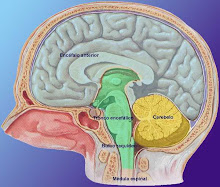
The sense of smell is unique among the sensory systems in that its central connections first project to phylogene- tically older portions of the cerebral cortex before reaching the thalamus and eventually the neocortex. Smell and taste also have access to neural circuits that control both emotional states of body and certain memories. The neural systems that convey smell and taste are remarkably sensitive,capable of detecting and discriminating stimuli at extremely low concentrations.
